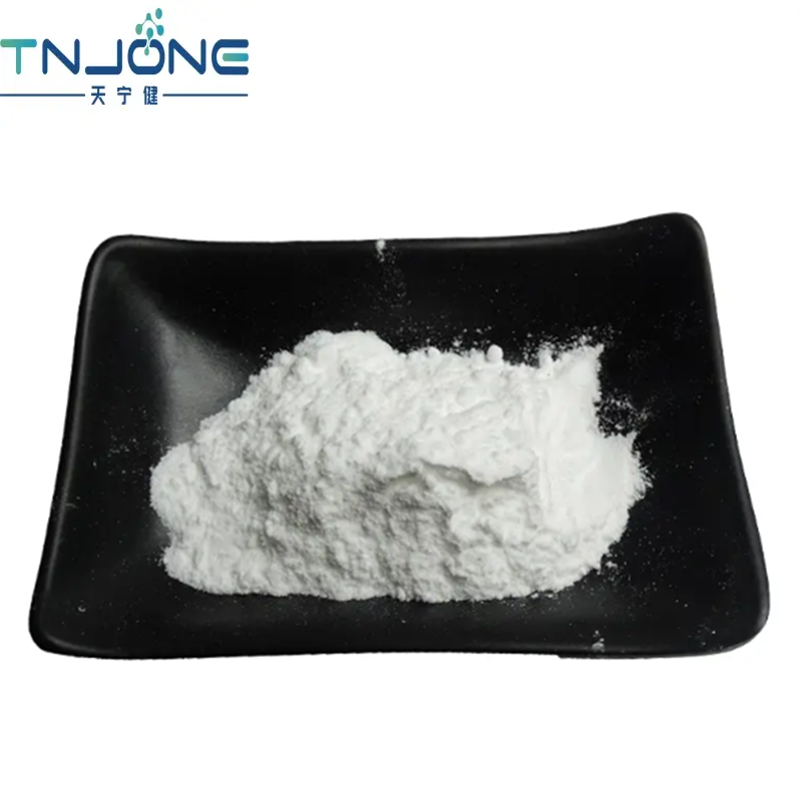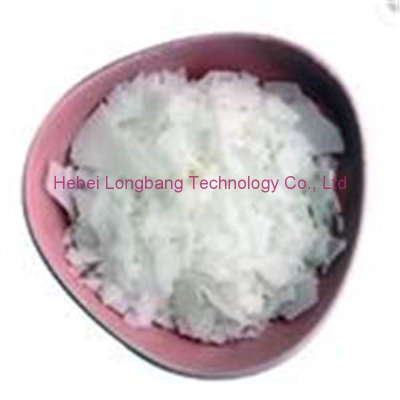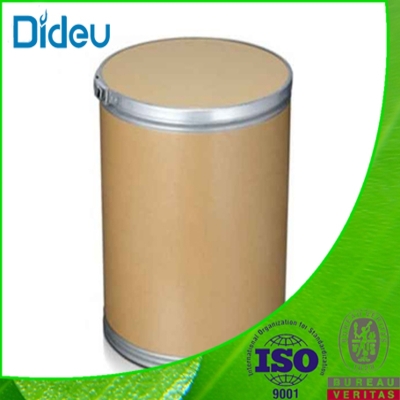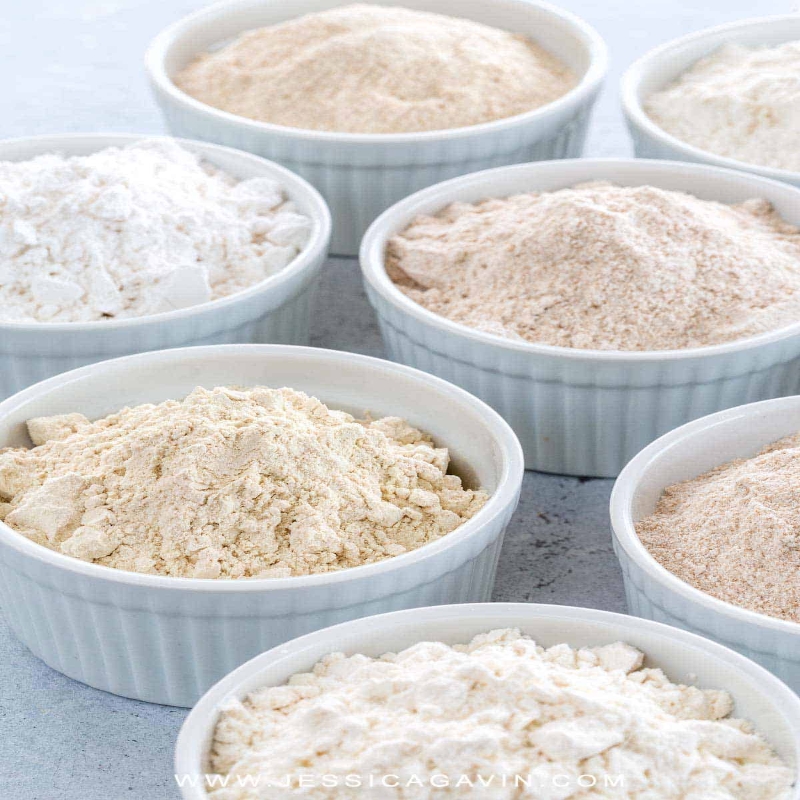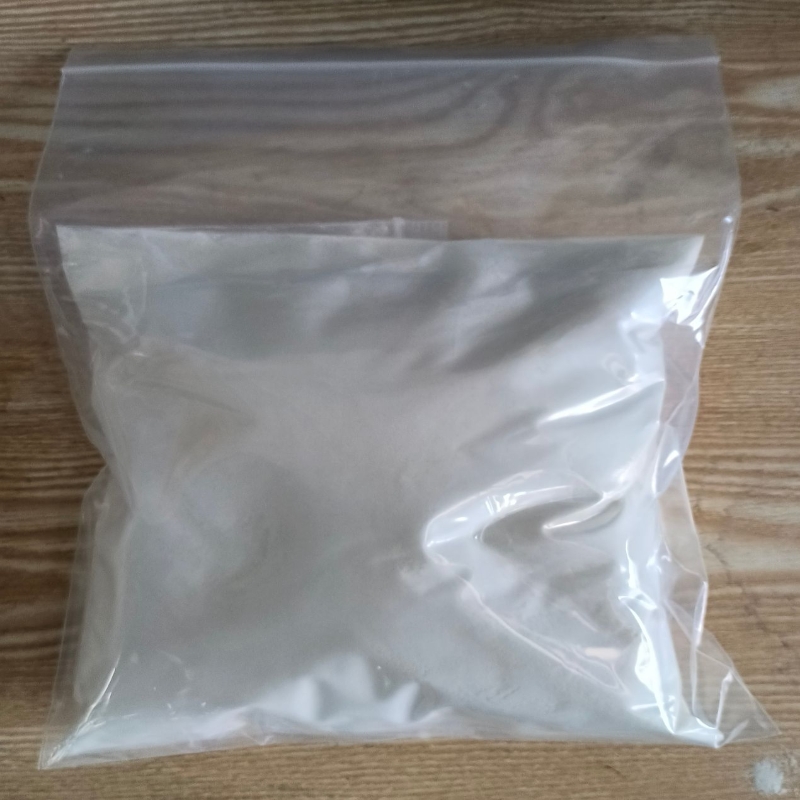Cosmetic Ingredient
- • Abrasive (124)
- • Absorbent (84)
- • Anticaking (66)
- • Anticorrosive (25)
- • Antifoaming (19)
- • Antimicrobials (290)
- • Antioxidant Ingredient (393)
- • Antiperspirant (20)
- • Antiplaque (48)
- • Anti-seborrheic (38)
- • Anti-sebum (39)
- • Antistatic (458)
- • Astringent (162)
- • Binding Agent (172)
- • Bleaching Agent (53)
- • Buffering (191)
- • Bulking (109)
- • Chelating (122)
- • Cleansing (679)
- • Cosmetic Colorant (212)
- • Cosmetic Preservative (158)
- • Denaturant (45)
- • Deodorant (98)
- • Depilatory (27)
- • Dissolving Agent (298)
- • Emollient (795)
- • Emulsifying Agent (480)
- • Emulsion Stabilising (154)
- • Exfoliating (19)
- • Film Forming (299)
- • Flavouring (72)
- • Foam Boosting (161)
- • Foaming (101)
- • Fragrance Ingredient (726)
- • Gel Forming (19)
- • Hair Conditioning (670)
- • Hair Dyeing (363)
- • Hair Fixing (36)
- • Hair Waving or Straightening (45)
- • Humectant (282)
- • Hydrotrope (92)
- • Keratolytic (20)
- • Light Stabilizer (80)
- • Moisturising Agent (50)
- • Nail Conditioning (42)
- • Occlusive (20)
- • Opacifying (119)
- • Oral Care (123)
- • Oxidising (19)
- • Perfuming (2105)
- • Plasticiser (98)
- • Propellant (19)
- • Reducing (50)
- • Refatting (12)
- • Refreshing (26)
- • Skin Cleansing (388)
- • Skin Conditioning (1751)
- • Skin Humectant (21)
- • Skin Protecting (282)
- • Smoothing (31)
- • Soothing (71)
- • Tonics (155)
- • UV Filter (34)
- • Viscosity Controlling (532)
Chemicals as Skincare Ingredients
Related News
-
Pfizer China Oncology Division Restructures Amid Executive Changes
2025-03-19 -
Price Surge Alert as Major Suppliers Increase Barium Sulfate Costs by 200 Yuan per Ton
2025-03-20 -
Shell Considers Partnering with the U.S. and Closing European Chemical Assets
2025-03-26 -
Quaker Houghton Acquires Dipsol Chemicals, Strengthening Advanced Solutions Portfolio
2025-03-27 -
AstraZeneca to Invest $2.5 Billion to Establish Global Drug R&D Center in Beijing
2025-03-25 -
Saudi Aramco CEO: Invest in downstream projects in China's energy, chemical and other fields
2025-03-28
Gel Forming
Xanthan gum
(11138-66-2)-
Cosmetic Grade / 100%
-
Cosmetics Grade / 99%
-
Food Grade / 80%
-
Food Grade / 99%
Carboxymethyl Cellulose
(9000-11-7)-
cosmetics Grade / 95%
$3.4/KG EXW
-
Food Grade / -
-
Pharmacy Grade / 99.5%
-
- / 99.00%
Poly(acrylic acid)
(9003-01-4)-
Cosmetics Grade / 99%
-
Cosmetics Grade / 99%
-
Cosmetics Grade / 99%
-
Cosmetics Grade / 99.9%
Request for quotation , get quotes from more suppliers.
Carbomer
(9007-20-9)-
Cosmetics Grade / 99%
-
Cosmetics Grade / -
-
Cosmetics Grade / 99%
-
cosmetics Grade / 60%
Dispersant NNO
(9084-06-4)-
Industrial Grade / 99%
-
Pharmacy Grade / 99%
-
- / 99.00%
-
Industrial Grade / 98%
Request for quotation , get quotes from more suppliers.
Source Gel Forming Products Supply
Carbopol 940
(76050-42-5)-
Cosmetics Grade / 99%
-
-
- / 0.00%
-
- / 99.00%
N-Carboxymethylchitosan
(83512-85-0)-
Healthcare Grade / -
-
Food Grade / 99%
$15-18/KG FOB
-
- / 99.00%
-
- / 99%
$100/KG EXW
Request for quotation , get quotes from more suppliers.
Polyethylene glycol monostearyl ether
(9005-00-9)-
Chemical Grade / 95%
-
- / 99.00%
-
Industrial Grade / 98%
-
Chemical Grade / 99%
Request for quotation , get quotes from more suppliers.
Fuller's earth
(8031-18-3)-
Chemical Grade / 99%
-
Food Grade / 99%
$450-500/MT FOB
-
![Fuller's earth buy Fuller's earth]()
-
![FULLER'S EARTH buy FULLER'S EARTH]()
Industrial Grade / 99%
Request for quotation , get quotes from more suppliers.
Dextran sulfate sodium
(9011-18-1)Dextran sulfate is a polyanionic derivative of dextran produced by esterification of Dextran with chlorosulphonic acid. The sulfur content is approximately 17% which corresponds to an average of 1.9 sulfate groups per glucosyl residue of the dextran molecule. Dextran sulfate sodium (DSS) is the sodium salt which is a white to off-white powder freely soluble in water and salt solutions to form a stable, clear solution. The high purity and reproducible quality enables its application in ph
-
Industrial Grade / 99%
$100-110/KG FOB
-
-
- / 0.00%
-
- / 99.00%
Request for quotation , get quotes from more suppliers.
More Information
Gel-forming agents are commonly used ingredients in cosmetics, imparting a gel-like texture to products. The principle behind gel-forming agents involves the formation of a three-dimensional network structure to trap water or other solvents, thereby giving products their gel-like consistency. This network structure is formed through interactions between molecules of the gel-forming agent, typically including chemical bonds, electrostatic forces, hydrogen bonds, or van der Waals forces.
When the gel-forming agent is mixed with a solvent, its molecules intertwine to create a mesh-like structure within the solvent, akin to a spider's web. This network effectively traps the solvent within it, resulting in a stable gel state. This gel state provides the product with a certain viscosity and flowability while preventing it from flowing or separating.
Common ingredients of gel-forming agents:
•Polymers
•Cellulose derivatives
•Silicones










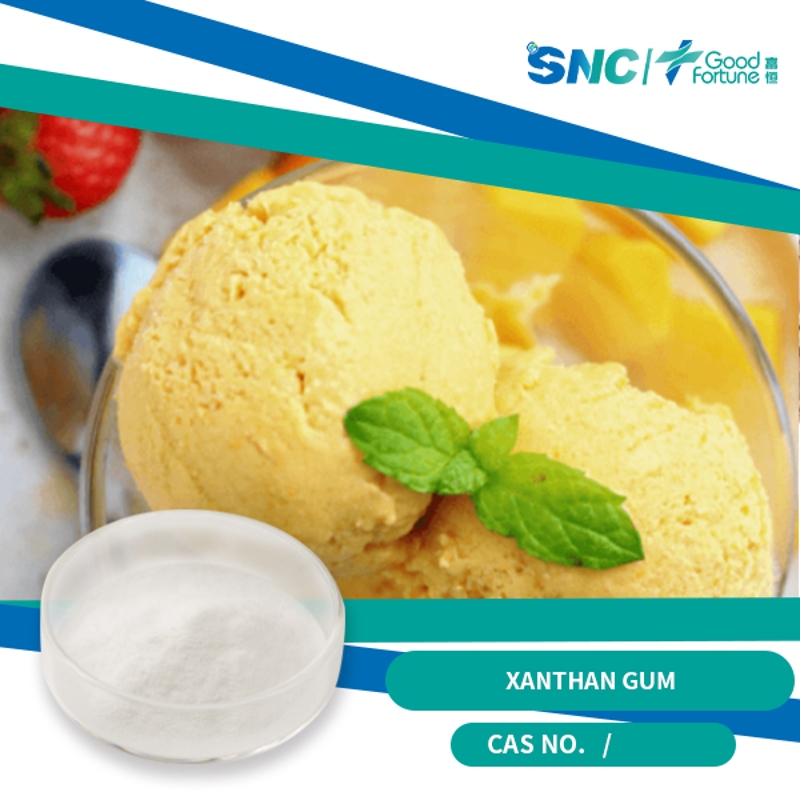
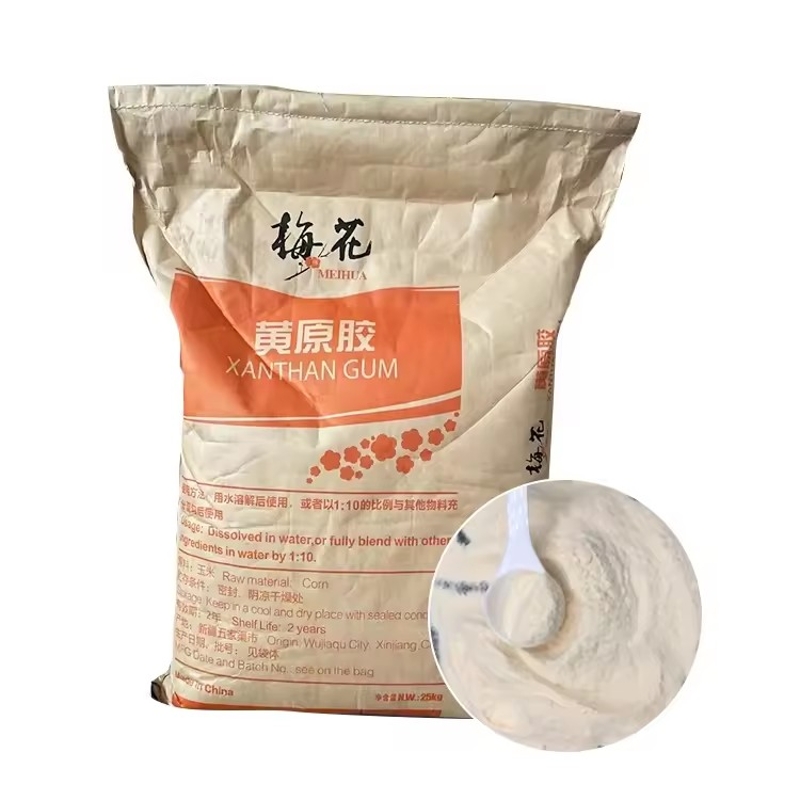
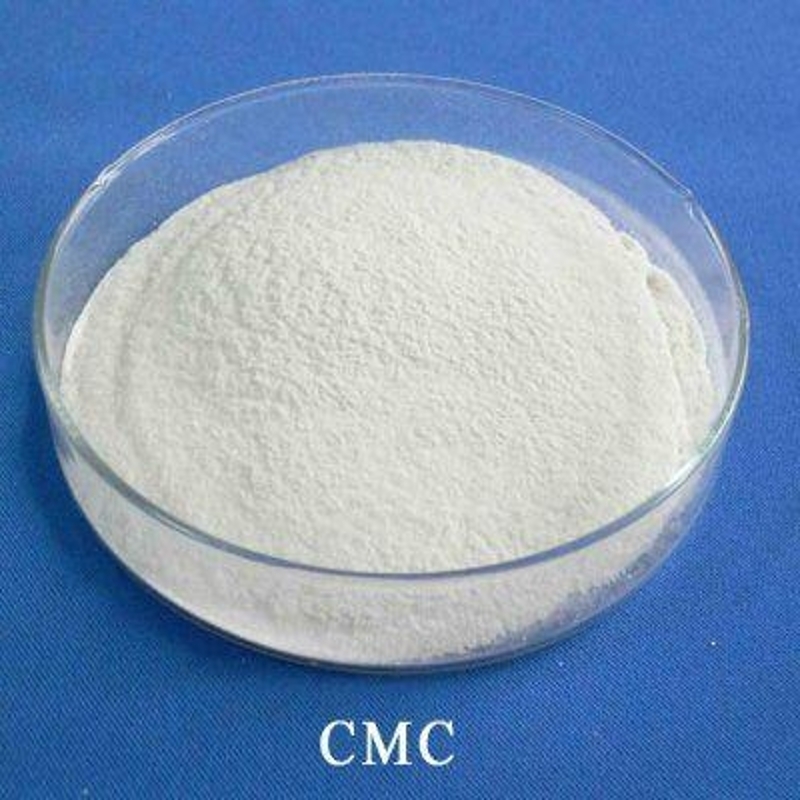











![Sodium poly[(naphthaleneformaldehyde)sulfonate] buy Sodium poly[(naphthaleneformaldehyde)sulfonate]](https://file.echemi.com/fileManage/upload/cas/821/8614e8a0-dd46-11eb-89d6-0255ac100033.png)
![Sodium poly[(naphthaleneformaldehyde)sulfonate] 99% powder (C11H7O4SNa)n Senwayer buy Sodium poly[(naphthaleneformaldehyde)sulfonate] 99% powder (C11H7O4SNa)n Senwayer](https://file.echemi.com/fileManage/upload/goodpicture/20220624/m20220624172704662.jpg)






